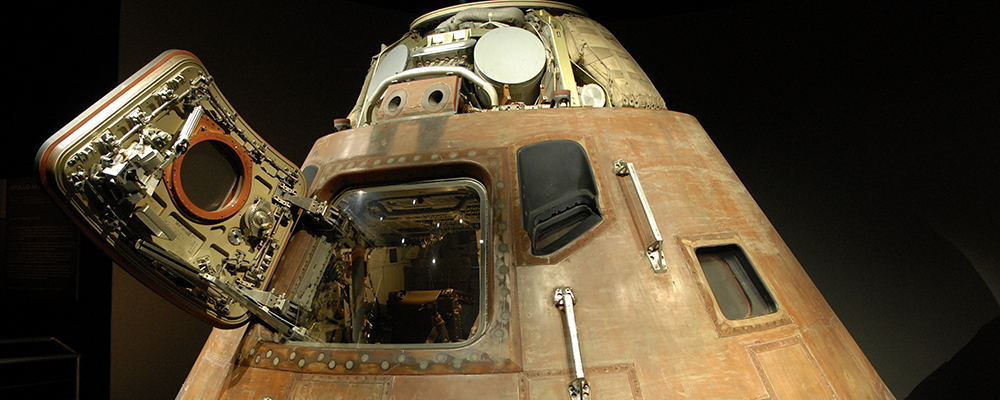Every time mankind is thrown a curveball, our reaction is to go underground. From tornados to nuclear bombs, shelters have been a key survival tactic. But even more interesting is how much of a prominent role welding plays in the creation of today’s bunkers.

In the early and mid 1900s, shelters tended to be made of concrete. Without our modern advances in steel, concrete was pretty much the go-to option for just about everything back then. However, as time wore on, more and more issues arose. Because bunkers tended to be built underground or into hillsides, water became a serious issue. Drops would find their way into microcracks. As the temperatures dropped during winter, the water would freeze and expand, causing the cracks to widen. After several years, these cracks started growing large enough to cause structural concerns and would have to be filled. This made maintaining an all-concrete underground bunker both tedious and expensive.
While some modern-day bunkers are built exclusively with concrete, the majority now use metal. The actual type of material tends to vary but it’s generally the same type of carbon grade steel used to construct buildings and bridges. Some bunkers are shaped like giant circular tubes while others are created with modular, box-like rooms. Tubes have an advantage of less seams. On the other hand, most humans aren’t round, so flat-walled rooms can be more ergonomic.

Of course, steel has its own problems with the big, bad H2O. At first, bunkers were being held together by bolts and rivets. Water had no problem inviting itself inside, bringing with it rust and mold. Mankind needed a better way to hold our underground shelters together.
With a history of fabricating airtight ships, welding was the perfect solution. In today’s bunkers, everything is welded. The actual processes used vary, but welders often favor speed over style, making MIG a practical solution. While the welds don’t have to be as pretty as TIG beads, they do have to be strong. For instance, in Oklahoma, several students were killed during a tornado. It wasn’t the storm, but structural failings that caused their school’s storm shelter to collapse. This is why a bunker needs to be constructed with the same rigorous standards as any building (if not more).
Not every bunker is 8 feet under. Because of collapse concerns, some bunkers are built as reinforced safe rooms above ground. When a bunker is built beneath the earth, they tend to only be a few feet from the surface. This is because the initial concept of building shelters was to counteract radiative fallout, which can be stopped by just a few feet of dirt. Considering that hydrogen-bombs leave a crater as deep as 328 feet, only a few bunkers in the world have been built to survive a direct hit.

How Bunkers Are Built:
First a hole is dug. Large sections are generally prefabricated and then welded together at the dig site. While the bunker is being welded together, piping is also set up to bring fresh air into the shelter and push exhaust out. This is essential, otherwise you’ll literally suffocate to death from the CO2 you produce as you breathe.
Once the welding and piping are complete, the bunker has to be covered in a type of rubber-based spray to prevent it from corroding. Finally, the bunker is encased in reinforced concrete and covered with dirt.
While a zombie apocalypse or mutant outbreak is probably a long way off, it’s interesting to know how much welding goes into a modern day shelter. As a welder, it’s not so much nuclear bombs you should be ready for, but the hazards we all face everyday while working. Make sure you’ve got top-quality respirators, welding helmets, clothing, gloves and more at the best price with Welding Supplies from IOC.




